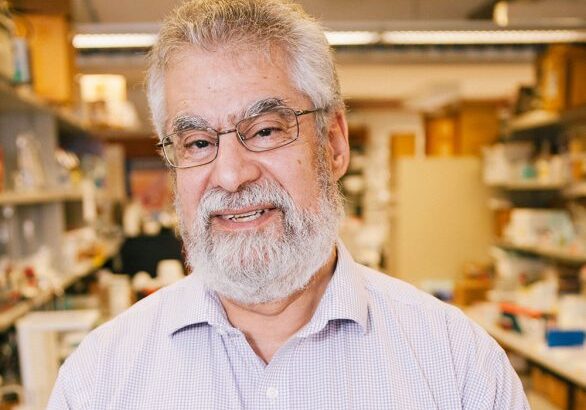
Professor Michael Sefton receives European Society for Biomaterials International Award
Award recognizes his scientific profile, major contributions to the field of biomaterials and longstanding active collaboration with the European scientific community
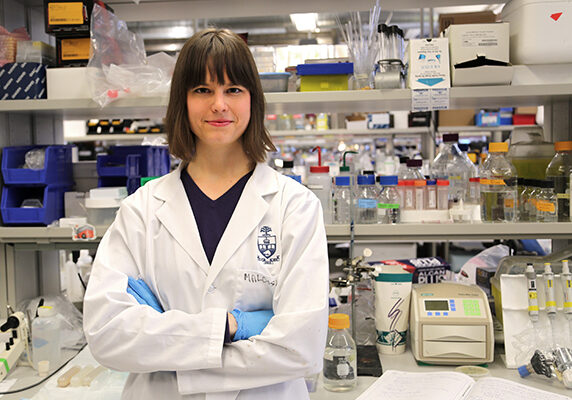
Tailored protein binding opens possibilities for nerve, tissue treatments
Biomedical engineers at the University of Toronto review most promising ways to discover or design new binding partners for time-release protein treatments
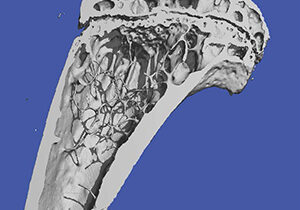
Stem cell therapy reverses age-related osteoporosis in mice
Researchers from the Institute of Biomaterials & Biomedical Engineering and The Ottawa Hospital suggest stem-cell treatment for humans may not be far off
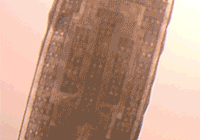
‘Person-on-a-chip’ — U of T engineers create lab-grown heart and liver tissue for drug testing and more
Professor Milica Radisic and her team have developed unique methods for manufacturing small, intricate scaffolds for individual cells to grow on
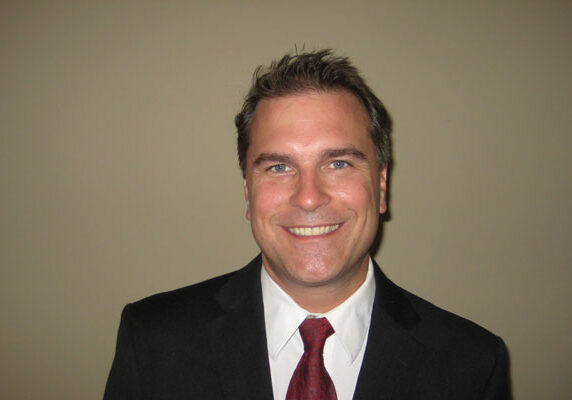
Brian Mech: Artificial vision pioneer
Brian Mech is a U of T Engineering alumnus and CEO of eSight, a Toronto-based company that builds wearable devices which restore nearly normal vision to people with a wide range of sight-damaging conditions.

Three health-focused student startups
Three U of T Engineering startups — MedTek Devices, Pillsy and MedChart — are addressing important challenges, from managing medical information to detecting falls among the elderly.

Lab-grown heart cells to improve drug safety
A company co-founded by Professor Milica Radisic (IBBME, ChemE) is helping pharmaceutical companies detect negative side effects in drugs by testing them on lab-grown tissues.
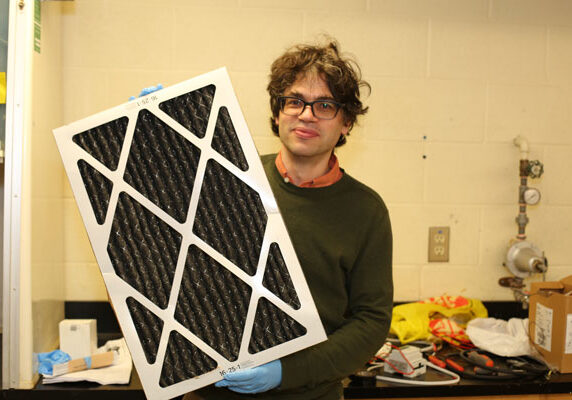
The link between air quality and human health
When it comes to air quality, most people think car exhaust, industrial emissions and smog pose the biggest dangers. But Professor Jeffrey Siegel says it’s the environment inside our homes and offices that should concern us most.
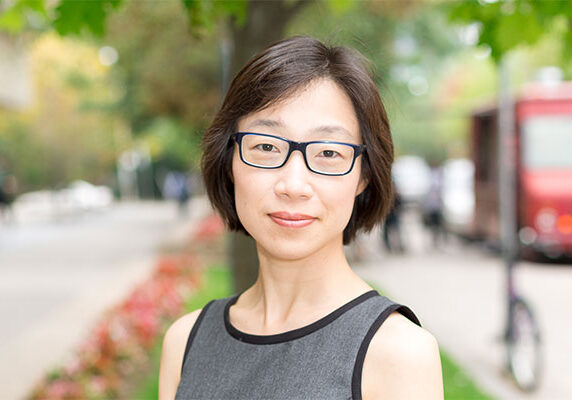
Smarter scans could detect cancer earlier
Professor Hai-Ling Margaret Cheng was working as an electrical engineer in the aerospace and defence industry when she had an epiphany: she realized the signal-processing techniques she was using to improve radar for remote sensing could also enhance magnetic resonance imaging (MRI) scans.

